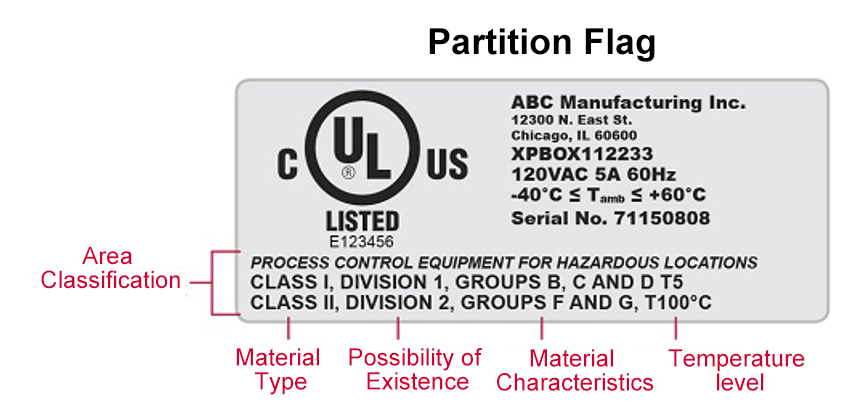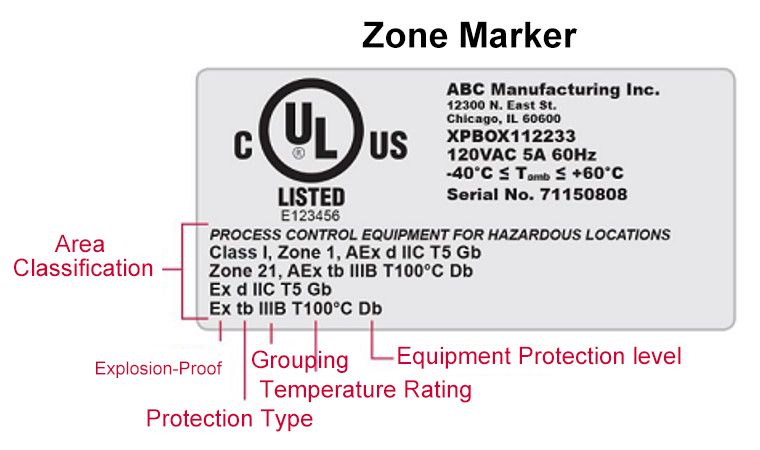- Home
- About Us
-
Service Item
 UL Automatic Control Cabinet
UL Automatic Control Cabinet
 UL Medium And High Voltage Switchgear
UL Medium And High Voltage Switchgear
 UL Low voltage switchgear
UL Low voltage switchgear
 UL distribution cabinet
UL508A Control Cabinet UL-UPS System UL Explosion-proof Cabinet UL High Voltage Frequency Converter Cabinet UL High Pressure Soft Start CabinetUL Medium Pressure Air Insulated Switchgear UL Medium Pressure Gas Insulated Switchgear UL Ultra-thin wind power switchgear UL Medium and high voltage motor control Center UL Railway power supply medium and high voltage switchgear
UL distribution cabinet
UL508A Control Cabinet UL-UPS System UL Explosion-proof Cabinet UL High Voltage Frequency Converter Cabinet UL High Pressure Soft Start CabinetUL Medium Pressure Air Insulated Switchgear UL Medium Pressure Gas Insulated Switchgear UL Ultra-thin wind power switchgear UL Medium and high voltage motor control Center UL Railway power supply medium and high voltage switchgear -
UL Standard
-
News Center
-
Investor Relations
-
Factory Environment
- Join Us
-
Contact Us
English














